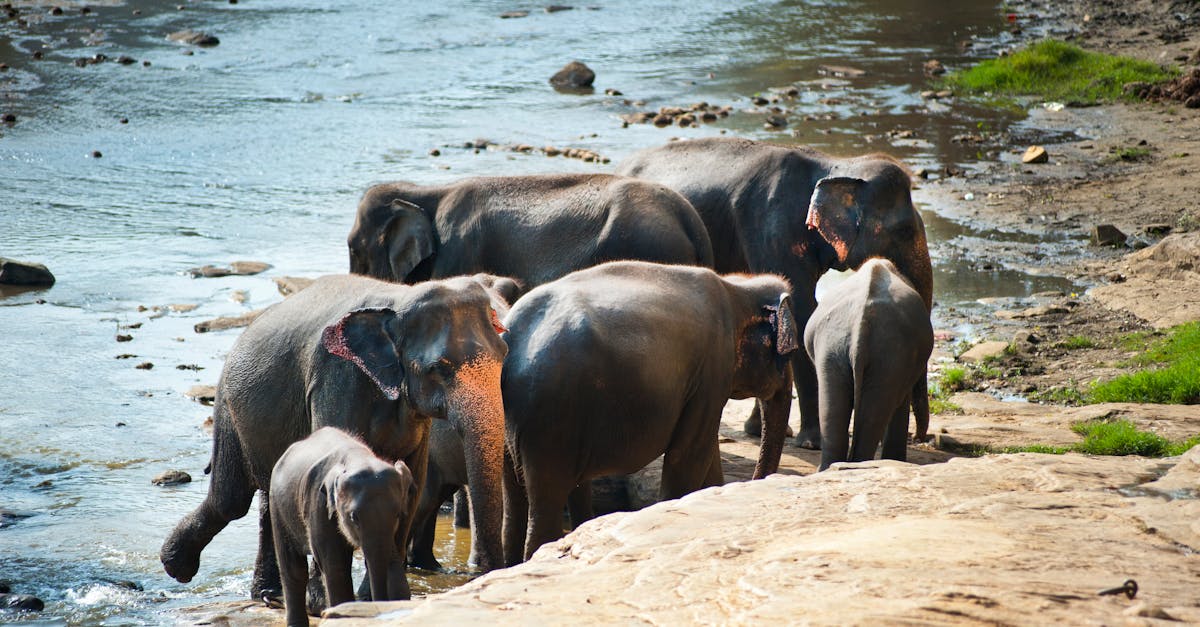Venturing into parks to observe wildlife is an exhilarating experience that connects us with nature’s wonders.
As nature enthusiasts, we understand the importance of responsible wildlife observation to safeguard the animals and their habitats.
In our post, we’ll investigate into essential tips for observing wildlife ethically in parks, ensuring a memorable and respectful encounter for both humans and animals.
Our shared passion for wildlife drives us to seek ways to minimize our impact while maximizing our wildlife encounters. By following these practical guidelines, we can foster a harmonious relationship with nature and contribute to the conservation of park ecosystems. Let’s begin on this journey together, learning how to appreciate and observe wildlife responsibly in their natural habitats.
Key Takeaways
- Choose designated viewing areas to ensure safety and minimal disturbance to wildlife.
- Keep a safe distance from animals to protect both yourself and the wildlife.
- Avoid feeding wildlife to maintain their natural behaviors and promote a safe environment.
- Minimize noise and disturbance by moving quietly, using a soft voice, and turning off devices.
- Stay on designated trails to protect habitats, prevent habitat destruction, and respect park boundaries.
- Following these tips fosters a harmonious relationship with nature and contributes to wildlife conservation efforts.

Choose designated viewing areas
When observing wildlife in parks, it’s crucial to stick to designated viewing areas. These areas are specifically marked to ensure the safety of both visitors and animals. By staying in these locations, we minimize our impact on the animals’ natural behavior and habitats. Remember, these viewing areas are carefully selected by park authorities to offer the best viewing opportunities without disturbing the wildlife.
- For more information on the importance of designated viewing areas, visit National Park Service.
- Find out more about designated viewing areas and their significance at World Wildlife Fund.
Keep a safe distance
When observing wildlife in parks, it’s crucial to Keep a safe distance. This helps protect both you and the animals. Getting too close can disrupt their natural behavior and pose risks to your safety. Follow park guidelines on recommended distances from different species.
Remember, animals have their own comfort zones. Respect their space to ensure a positive experience for everyone. By maintaining a respectful distance, you can observe these magnificent creatures without causing them stress. For more tips on wildlife observation, visit the National Park Service website and the World Wildlife Fund site.

Avoid feeding the wildlife
When observing wildlife in parks, remember: feeding them is harmful. Human food can be unhealthy for animals and alter their natural behaviors. It also attracts them to high-traffic areas, increasing the risk of conflict with visitors. Following this tip ensures the well-being of animals and promotes a safe environment for everyone.
Remember: National Park Service and World Wildlife Fund offer more guidelines on responsible wildlife observation.
Minimize noise and disturbance
When observing wildlife in parks, it’s important to minimize noise and disturbance to ensure we don’t startle or stress the animals. Here are some tips to help us achieve this:
- Move Quietly: Let’s move slowly and quietly to avoid sudden loud noises that could scare the wildlife.
- Use Quiet Voice: Speaking softly or whispering can also help reduce noise levels and maintain a peaceful environment for the animals.
- Turn Off Devices: Silence our phones and cameras to prevent sudden rings or alerts that could startle the wildlife.
Remember, minimizing noise and disturbance is essential for a peaceful and undisturbed wildlife experience.
To learn more about minimizing disturbance when observing wildlife, check out the National Park Service guidelines.

Stay on designated trails
When observing wildlife in parks, it’s crucial to stay on designated trails to protect both the animals and their habitats. Straying off the path can lead to habitat destruction and disturbance to wildlife. By sticking to the marked trails, we reduce our impact on the environment and minimize the risk of encounters that could be detrimental to both parties.
Hiking off-trail can trample vegetation, disturb nests, and stress animals. Park authorities establish these paths to strike a balance between allowing visitors to enjoy nature and preserving the ecosystem. We must respect these boundaries for the well-being of the wildlife and the sustainability of the park.
Remember, staying on designated trails is not just about safety; it’s about conservation and respect for the natural world around us.
For more tips on responsible wildlife observation, visit the National Park Service’s guidelines.

